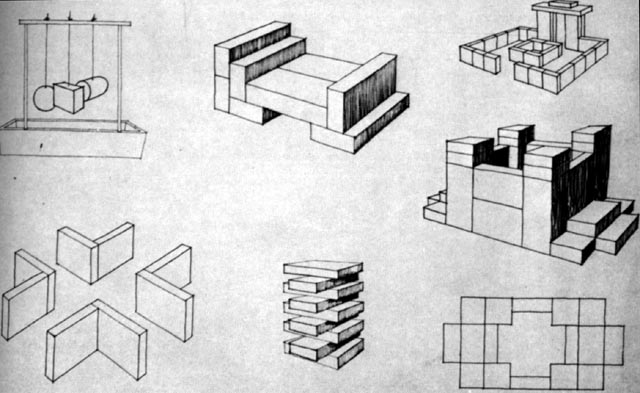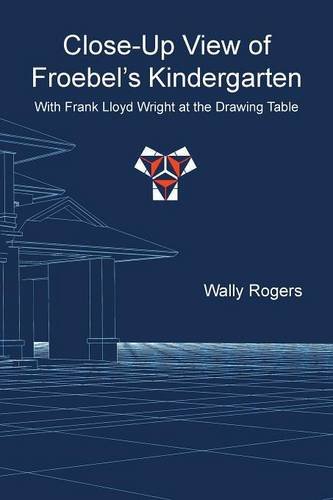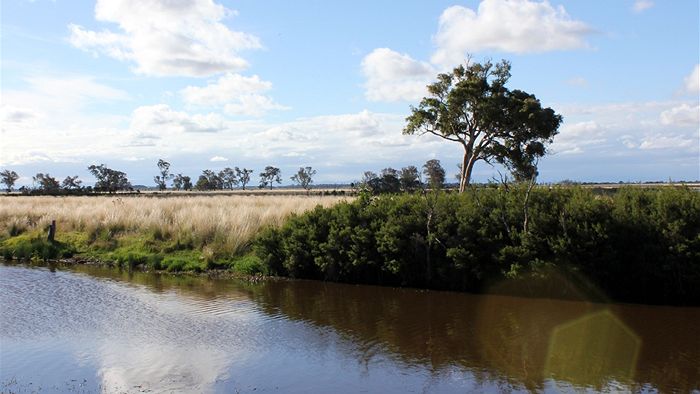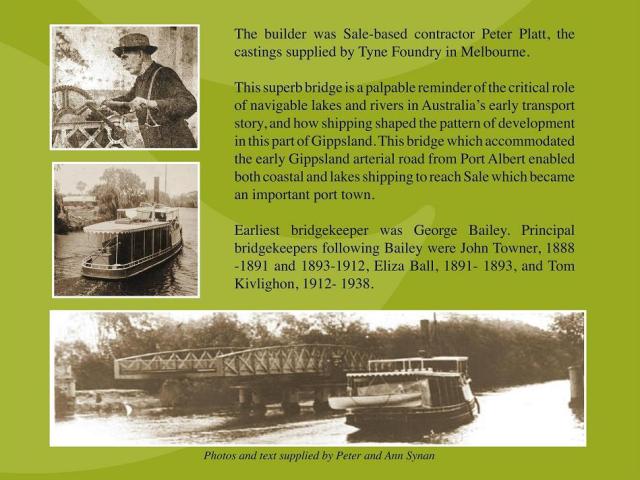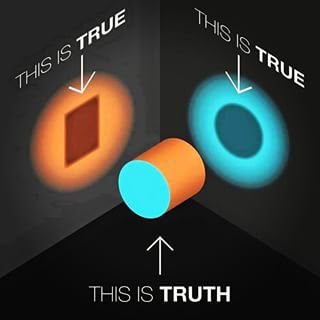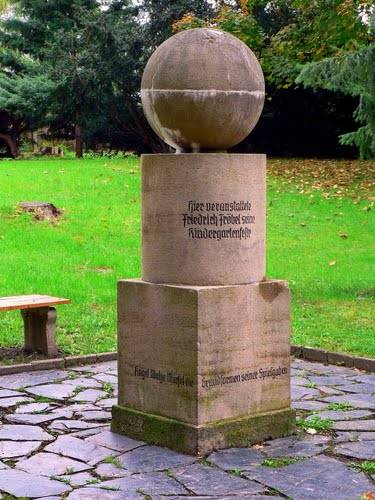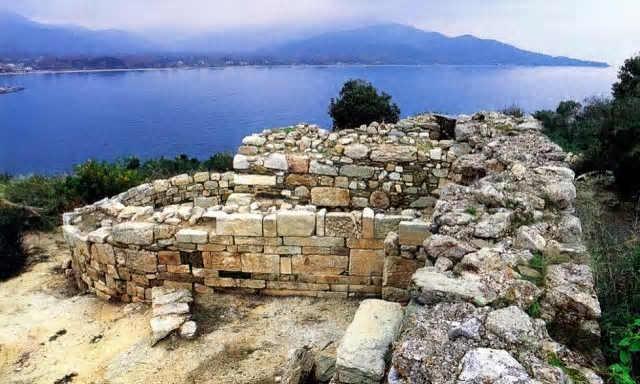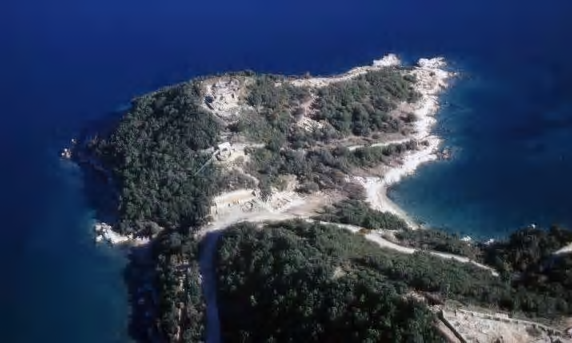Charles: The Heart of a King
The future of the British monarchy concerns Catherine Mayer, although she is an American by birth.
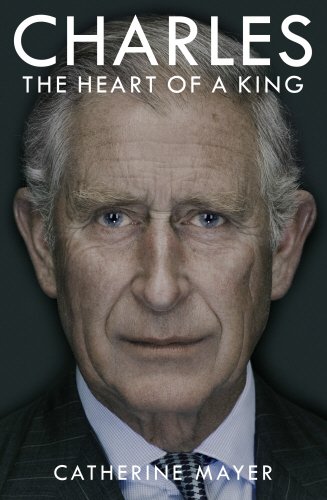
Towards the end of this exhaustive yet entertaining biography she tackles the politics of the succession, arguing from the law of unintended consequences, and the nature of constitutional reform, to the conclusion that for all his inconsistencies and contradictions, Charles is, if not the best man for the job of head of state, certainly the most highly qualified.
Mayer reaches this position by a slow and circular path, as if she were perambulating the landscaped garden of one of the many country properties the prince flits between. Often she sits down under a gazebo to ponder weighty issues, and is joined there by one or other of her interviewees – among them the prince himself.
Mayer’s book has reignited – some controversy: is Charles too “political” to be a constitutional monarch? Will he give up his obsessive beneficence when he seats himself on the Stone of Scone? And can he square his seemingly heterodox religious beliefs with his status as head of the Anglican Communion? Mayer is a shrewd enough surveyor of the British scene not to be fooled by such deceptively rational bends.
The building of Poundbury and his attack on architectural modernism in general, is motivated by an underlying the notion that humans divorce themselves from the structures of the natural world at their peril, set out in his own 2010 book Harmony: A New Way of Looking at Our World.
a lifelong republican, warms to the heir to the throne, and asks: is he the king we deserve?
Source: Will Self reviews Charles: The Heart of a King by Catherine Mayer
Harmony: A New Way of Looking at Our World
A practical guide to what we have lost in the modern world, why we have lost it and how easily it is to rediscover. Harmony is a blueprint for a more balanced, sustainable world that the human race must create to survive. For more than 30 years His Royal Highness Prince Charles The Prince of Wales has been at the forefront of a growing ecological movement. Originally treated with scepticism, many of his ideas are now widely accepted and gaining increasing impact and influence. His work has sought to meet a huge range of modern challenges, from urbanisation to deforestation. In every case, however, the philosophy that is the foundation of his work has always been the same, but has always been unspoken, until now. For the first time, Prince Charles, with the help of his two leading advisors, has brought together his vast knowledge and experience to set out this philosophy – a philosophy that is as robust as it is practical. In Harmony, Prince Charles looks at different aspects of our modern world to demonstrate how many of the challenges seen in areas as diverse as architecture, farming and medicine can be traced to how we have abandoned a classical sense of balance and proportion.


